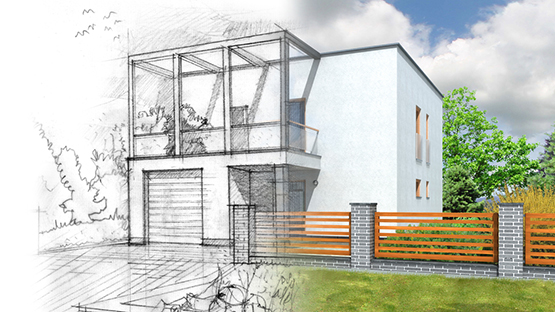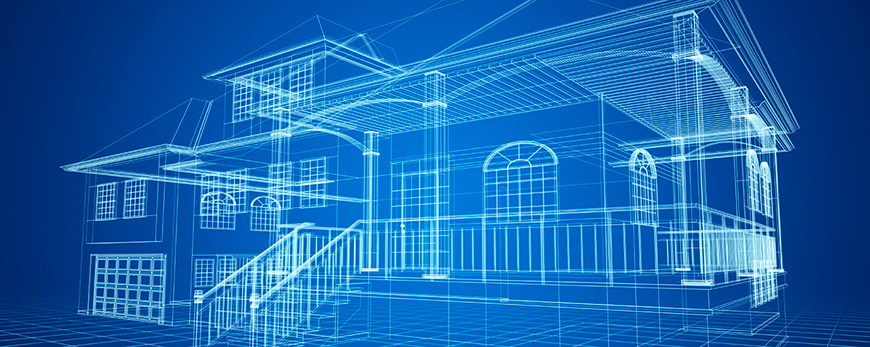Just How CDA Architects Combine Imagination and Functionality in Modern Design
Just How CDA Architects Combine Imagination and Functionality in Modern Design
Blog Article
A Detailed Summary of Architectural Styles and Their Influence on Modern City Planning and Advancement
Building designs have actually long acted as a mirror to the social worths and technical innovations of their time, playing an essential role in shaping modern-day city preparation and development. From the grandeur of Neoclassicism to the practical method of Brutalism, each style has introduced distinct ideas that influence city looks and capability. As modern difficulties develop, including sustainability and neighborhood requirements, understanding these historic structures comes to be necessary. The resulting discussion not only informs future design techniques yet likewise increases important concerns concerning the equilibrium between heritage and development in our evolving city landscapes.
Historical Introduction of Building Styles

As societies transitioned via the Center Ages, Gothic design emerged, characterized by its verticality and complex outlining, mirroring the spiritual desires of the period. The Renaissance marked a revival of classic suitables, merging art and architecture in cutting-edge means that influenced subsequent designs across Europe.

Today, architectural designs proceed to progress, driven by globalization and sustainability concerns, reflecting a dynamic interplay in between heritage and innovation. This historical review underscores the value of architecture as a mirror of societal development and as a driver for urban advancement.
Trick Architectural Styles Explained
The diversity of architectural styles shows the myriad impacts that form our built atmosphere, each symbolizing distinctive characteristics and cultural relevances. Trick building designs consist of Classical, Gothic, Baroque, Modernism, and Postmodernism, each representing unique historic contexts and visual philosophies.
Classic design, rooted in old Greece and Rome, stresses proportion, percentage, and the use of columns (cda architects). In contrast, Gothic design, growing in the center Ages, is identified by sharp arcs, ribbed safes, and flying buttresses, developing an angelic high quality in basilicas. Baroque design, emerging in the 17th century, is marked by splendour, intricate ornamentation, and a vibrant interaction of light and darkness
Modernism, which gained energy in the very early 20th century, prioritizes feature over type, using new materials like steel and glass to create minimal frameworks. Postmodernism, responding against the austerity of Modernism, embraces eclecticism and historic recommendation, usually integrating spirited aspects and irony.

Influence on Urban Planning
Fit the advancement of cities, architectural designs significantly affect urban planning choices. The option of building style usually dictates the aesthetics, capability, and overall personality of metropolitan settings. As an example, innovation, with its emphasis on minimalism and performance, urges open spaces and the combination of modern technology, forming city layouts that focus on effectiveness and availability. Conversely, conventional styles might stress historic conservation, bring about metropolitan designs that preserve social heritage and advertise pedestrian-friendly environments.
Moreover, architectural designs can affect zoning policies and land utilize plans. Urban coordinators must take into consideration the prevailing building trends when making districts, making sure that brand-new developments harmonize with existing frameworks. This consideration promotes cohesive urban landscapes and improves area identification.
The application of particular architectural styles can likewise influence socioeconomic variables within browse around these guys a city. High-end contemporary styles might draw in upscale residents and companies, leading to gentrification, while a lot more cost effective housing solutions might prioritize practical and sustainable styles to accommodate diverse populaces. cda architects. Eventually, the interplay in between architectural designs and metropolitan planning creates dynamic cities that reflect both historic context and contemporary demands, forming the lived experiences of their residents
Sustainability and Modern Architecture
Building designs play a crucial role in addressing modern obstacles, specifically in the world of sustainability. As metropolitan locations expand and ecological issues magnify, modern-day style progressively accepts sustainable style concepts that prioritize energy performance, resource preservation, and marginal environmental effect.
Contemporary building movements, such as biophilic design and environment-friendly architecture, supporter for frameworks that balance with their environments, utilizing all-natural products and advertising biodiversity. These styles commonly include sustainable energy resources, such as solar panels and wind turbines, to decrease dependence on fossil gas and reduced carbon footprints.
Furthermore, the integration of sophisticated modern technologies, such as clever structure systems, enhances energy monitoring, maximizing source usage while guaranteeing owner convenience. Ingenious water administration techniques, including rainwater harvesting and greywater recycling, further contribute to lasting metropolitan atmospheres.
Especially, sustainability expands beyond ecological concerns; it incorporates social and economic measurements. By cultivating community wellness and promoting inclusivity, modern-day architectural styles straighten with lasting advancement objectives. The advancement of building methods proceeds to form resilient cities that not only fulfill the needs of the existing however additionally protect the future for generations to come.
Community Interaction in Design
Area engagement in layout works as a crucial bridge in between designers and the populaces they serve, making certain that the built atmosphere mirrors the needs and aspirations of its individuals. This joint procedure welcomes neighborhood members to add their insights and preferences, cultivating a feeling of possession and responsibility towards the spaces they inhabit.
Reliable area interaction utilizes different approaches, such as workshops, surveys, helpful resources and public discussion forums, to gather diverse point of views. These approaches promote a two-way discussion, permitting designers to comprehend neighborhood contexts while encouraging homeowners to articulate their issues and needs. This inclusivity not only improves the style top quality but likewise advertises social equity by resolving the unique obstacles faced by marginalized groups.
In addition, community interaction can result in cutting-edge services that may not arise in a typical design procedure. By integrating local understanding and cultural values, designers can develop areas that reverberate even more deeply with users, enhancing use and sustainability. Inevitably, focusing on area involvement in style procedures leads to atmospheres that nurture social communications, assistance well-being, and enhance area connections, consequently playing an check it out essential role fit modern city landscapes.
Conclusion
Architectural designs have exceptionally influenced modern city planning and growth, mirroring advancing cultural and technological contexts. As cities proceed to grow and adjust, the continuous discussion between architectural heritage and modern-day layout concepts will certainly stay necessary in producing comprehensive, lively rooms that enhance high quality of life and advertise social equity.
Report this page